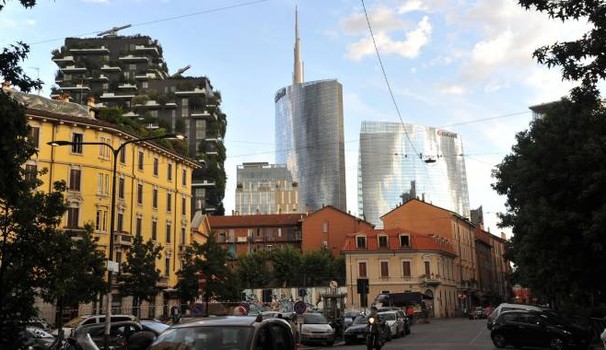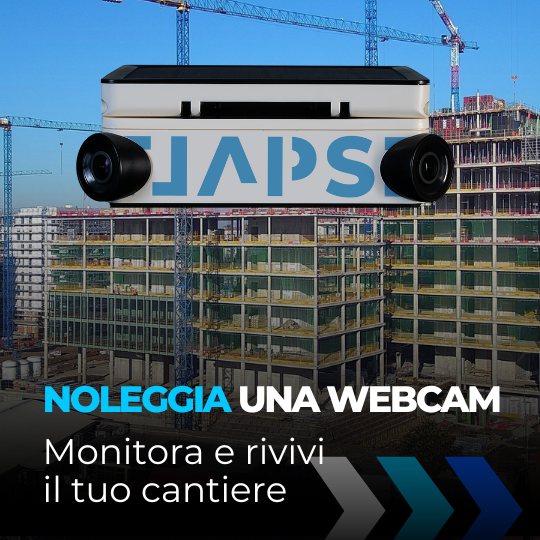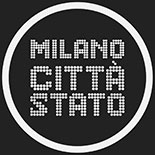That’s exactly what a friend asked me when moving to Milan from the Tuscan seaside area of Versilia. Though we are without a sea nearby, I advised him to look in these quarters. The first three chosen were all conveniently close to his office, the others added for this article.
“I’m moving to Milan … any suggestions about where I should start looking?”
#1 Isola
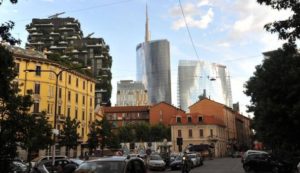
Milan’s Isola quarter is what the bustling, bohemian Prenzlauer Berg is for Berlin: the home of all those considered ‘in’.
The prices of houses have risen considerably. An important aspect for the success of this was the shift of important business and social activity to the nearby Porta Nuova area, as well as the opening of the new Lilac underground line. The only drawback is that there are hardly any trees.
Prices for the purchase of a home/apartment: euro 4,000 – 4,500 per sq m.
Prices for monthly rental (a two-room apartment of 50 sq m): euro 850 – 1,000.
#2 Chinatown
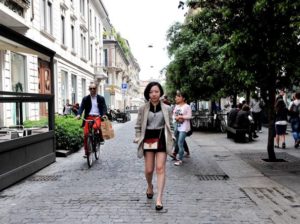
Another super-trendy neighborhood, ever-blooming perhaps due to the economic boom in China. At first a ghetto for immigrants from the ‘Celestial Empire’, it has now become one of the most frequented, chic areas of Milan. The nucleus è via Paolo Sarpi, set in a fantastic position, close to Porta Nuovo and Sempione Park. Another advantage is that in Chinatown we find oodles of stores with every type of merchandise under the sun – and at a bargain price.
The economic value of houses and apartments there has risen, but good deals can still be found if one wanders through side streets.
Prices for the purchase of a home/apartment: euro 4,500 – 5,000 per sq m.
Prices for monthly rental (a two-room apartment of 50 sq m): euro 800 – 1,000.
#3 Central Station
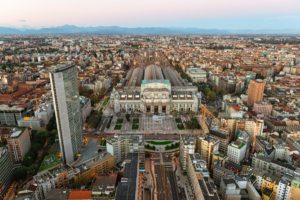
Called the ‘New Frontier’ of a Milan whose center is moving north. The creation of a city at Porta Nuova has helped to relaunch a neighborhood scantily visited, one experienced with suspicion still today. The pros include its proximity to the Central Station, an area destined to be upgraded thanks to the proliferation of new office blocks and co-working spaces along via Copernico. The great advantage is having the combination of a railway station, together with a transfer point for two subway lines – yellow and green. What still inhabits the area’s growth is that it is characteristically one of transition, a work area lacking residential structures and charm. A visit there on a Saturday or Sunday fills one with a feeling of solitude.
Prices for the purchase of a home/apartment: euro 4,000 – 4,500 per sq m.
Prices for monthly rental (a two-room apartment of 50 sq m): euro 850 – 1,000.
#4 Maggiolina
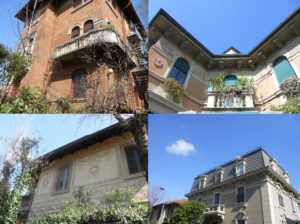
The most residential quarter of Milan’s Zone 2, running from the Central Station to viale Zara, dotted with charming chalets and cottages, often with gardens isolating them one from the other. Unfortunately, this isolation has made them susceptible to frequent theft.
Prices for the purchase of a home/apartment: euro 4,000 – 5,000 per sq m.
Prices for monthly rental (a two-room apartment of 50 sq m): euro 850 – 1,000.
#5 Lambrate
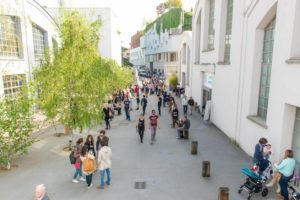
Recommended for those not particularly concerned about living close to the city center, but happy to live in a well-connected neighborhood where it is still possible to breathe in the air of a traditional Milano. There are many green areas, and the close-by Lambro river can offer one with pleasant surprises. All one needs a bit of patience in order to find that affordable house of a nonpareil beauty, especially in the area of via Ventura.
The only disadvantage: the distance from Milan’s more popular, stylish hubs.
Prices for the purchase of a home/apartment: euro 3,000 per sq m.
Prices for monthly rental (a two-room apartment of 50 sq m): euro 700.
#6 Bicocca
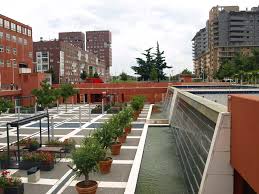
A very modern quarter populated by a thriving young generation close to a University, the Hanger Bicocca gallery, and the new housing development surrounding the Teatro Arcimboldi. Much appreciated by those living there, and with good connections to public transport.
Only drawback: one needs to hunt out a friendly spot in this post-urban desert to not fell alone.
Prices for the purchase of a home/apartment: euro 3,000 per sq m.
Prices for monthly rental (a two-room apartment of 50 sq m): euro 700.
#7 via XX Settembre
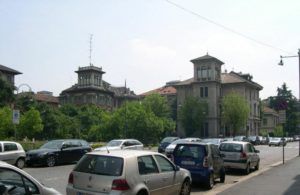
For those who have silver-lined pockets, the area surrounding via XX Settembre (The Triennale Exposition Space) contains some of the most beautiful buildings and mansions of the city. A safe, quiet neighborhood with spacious areas, it is also close to the city center.
Disadvantage: The high costs of housing, though perhaps less so than others prestigious quarters. But one never knows; with perseverance one might find something special at a attractive price.
Prices for the purchase of a home/apartment: euro 5,000 – 6,000 per sq m.
Prices for monthly rental (a two-room apartment of 50 sq m): euro 800 – 1,000.
Last advice: The areas along the new Yellow subway line to South Milan have become much more ‘livable’. Good buys and rents in the Porta Romana, Corso Lodi until Brenta areas can be readily found.
For those who wish to live on the outskirts: Living in the best places in the Milanese hinterland
ANDREA ZOPPOLATO
Translated by Vincent Lombardo
Qui l’articolo in Italiano: “Mi trasferisco a Milano: dove mi consigli di cercare casa?”

